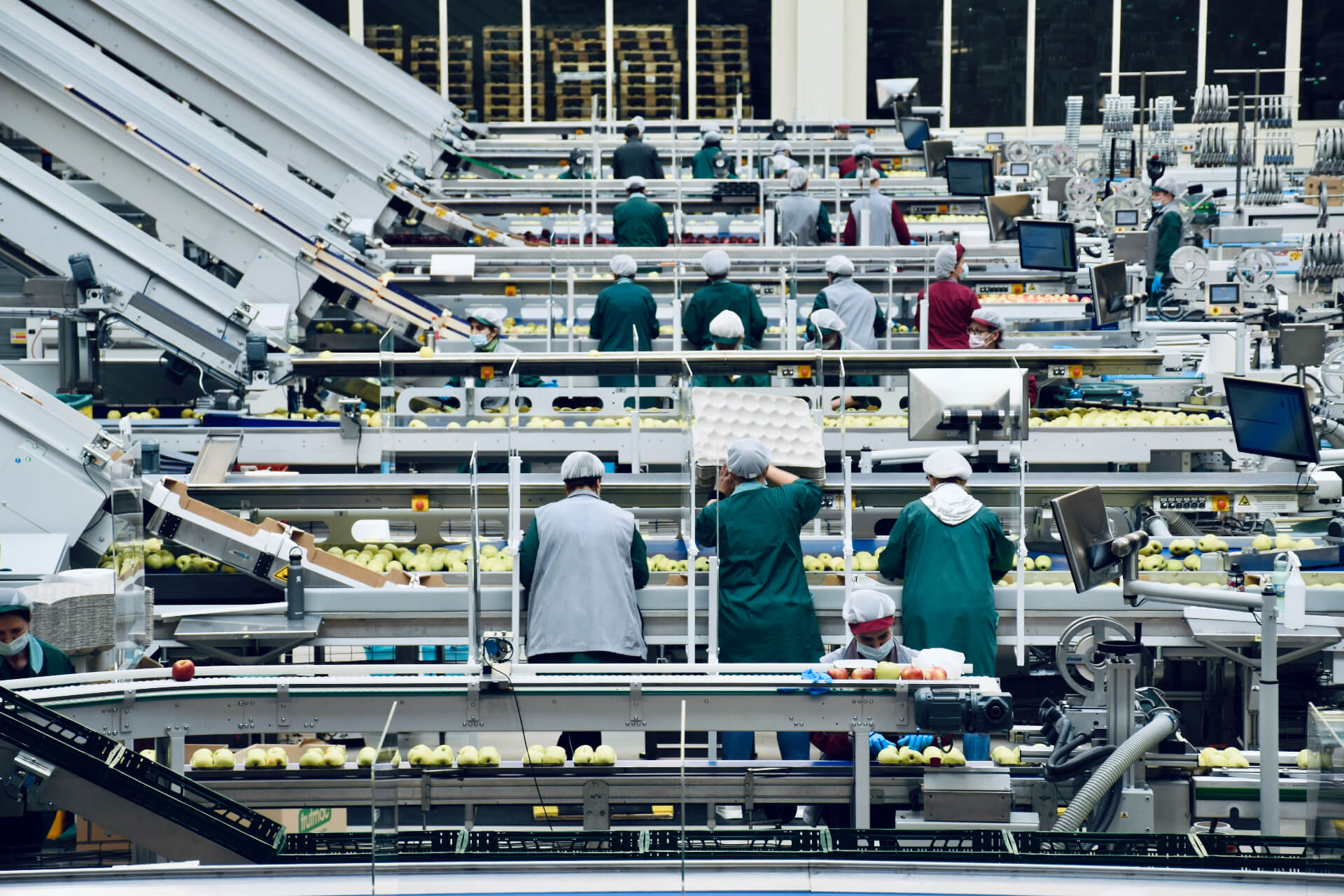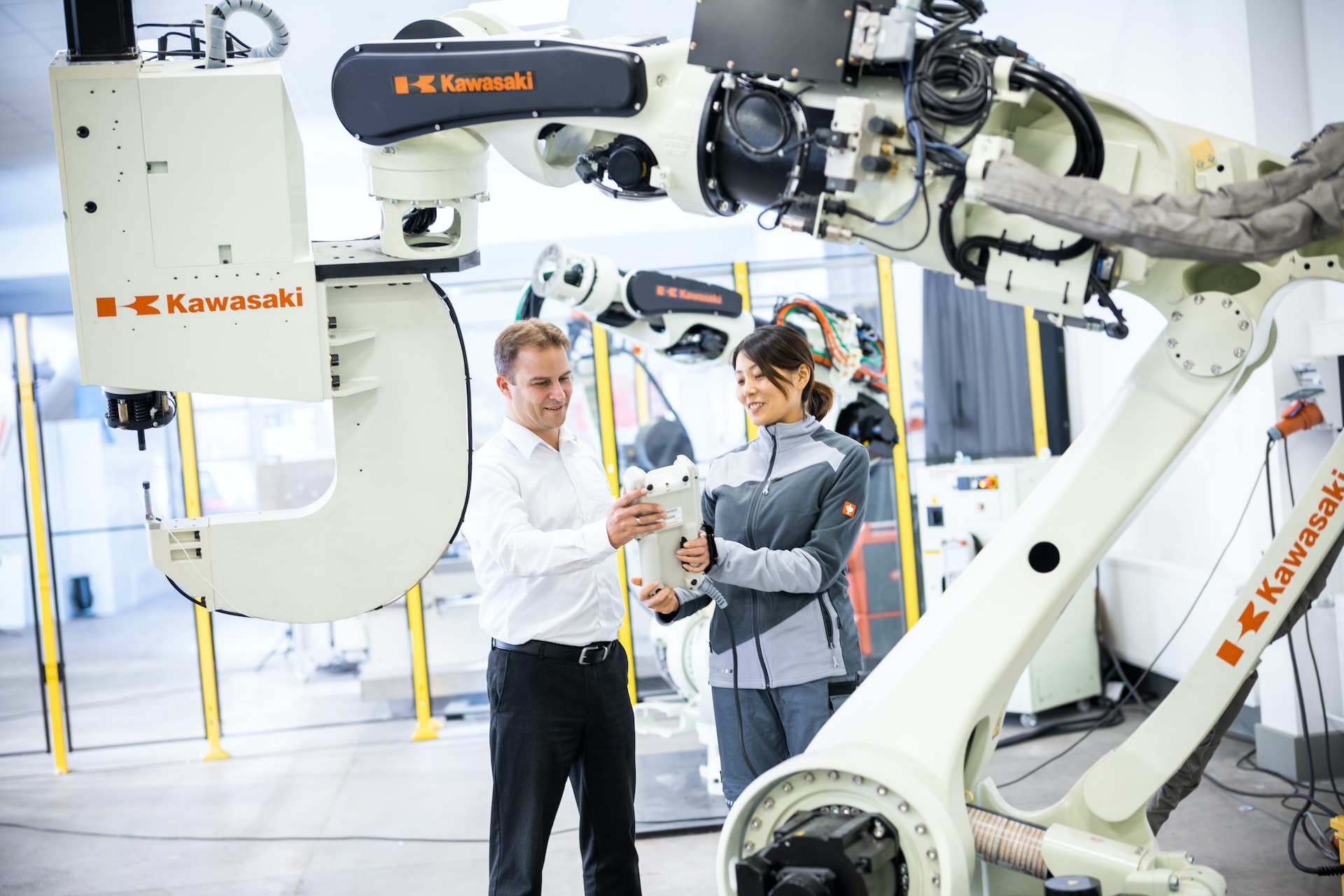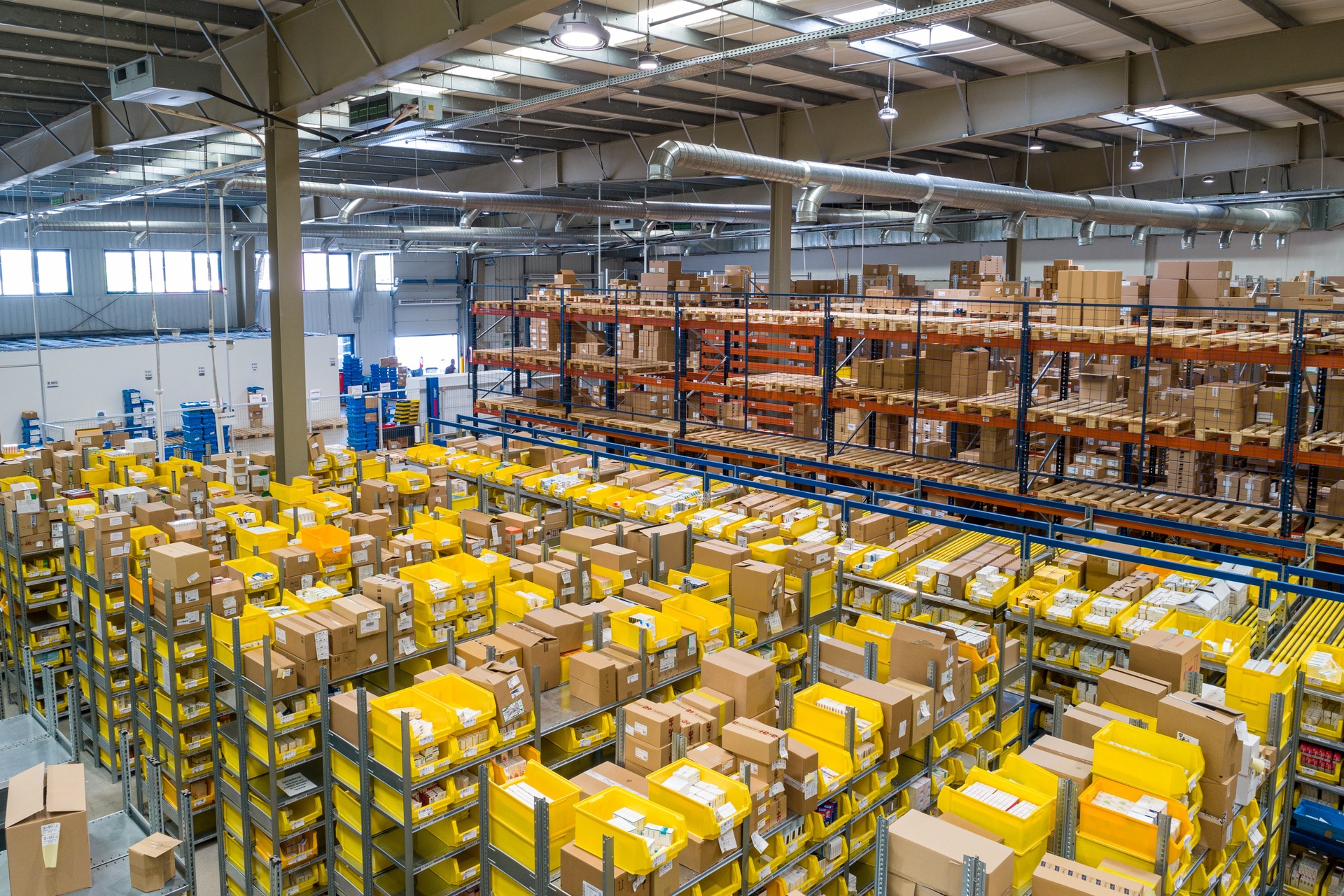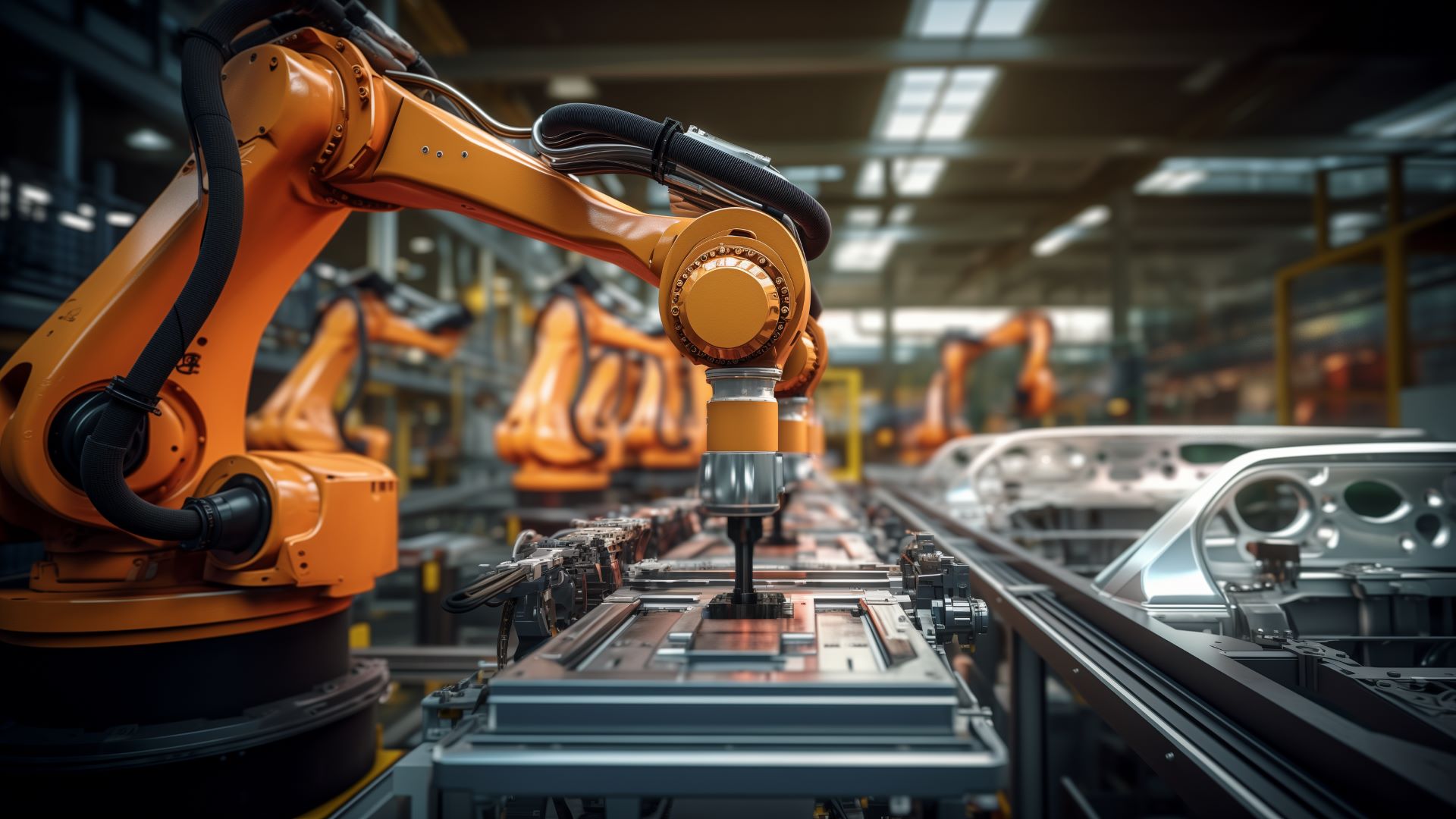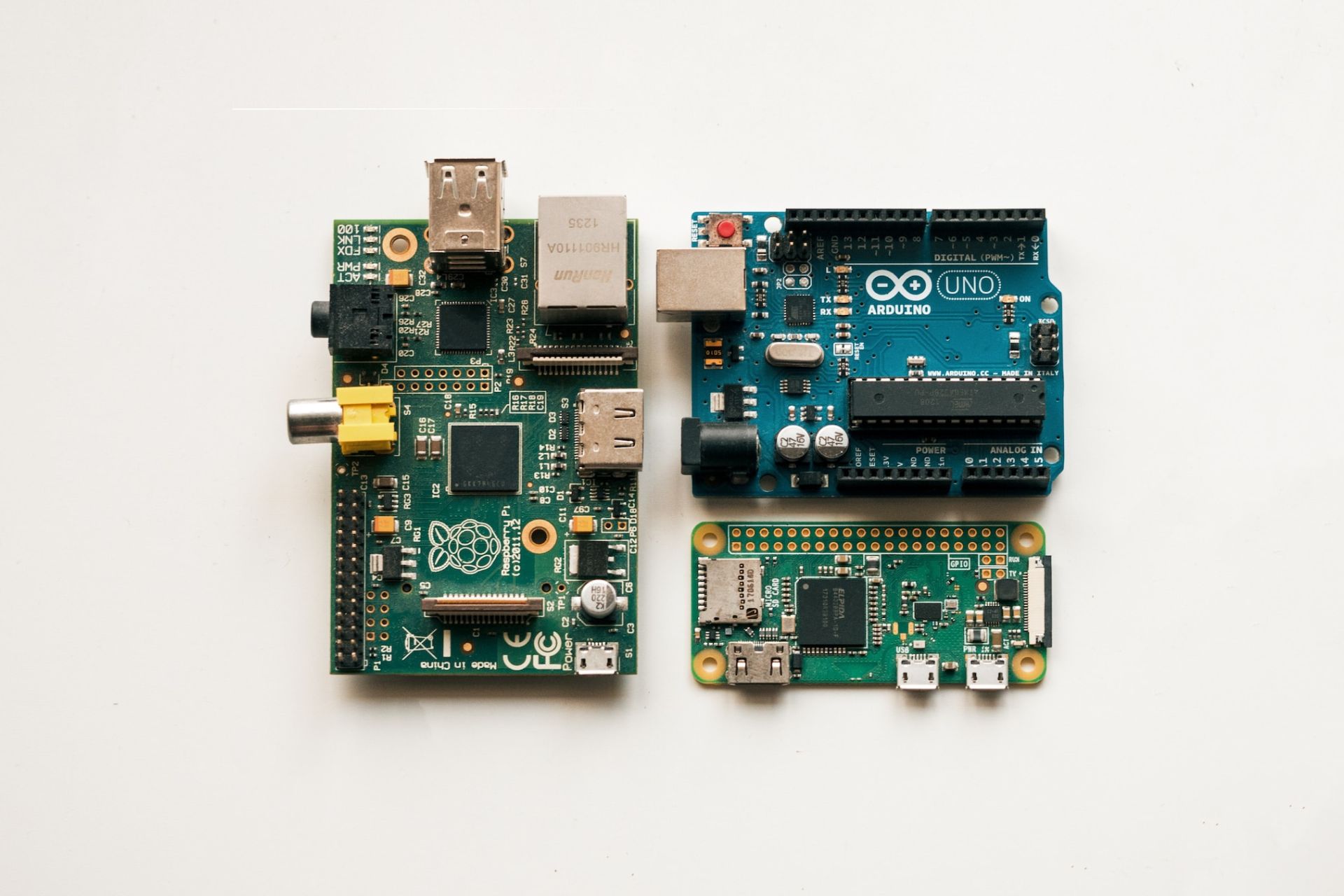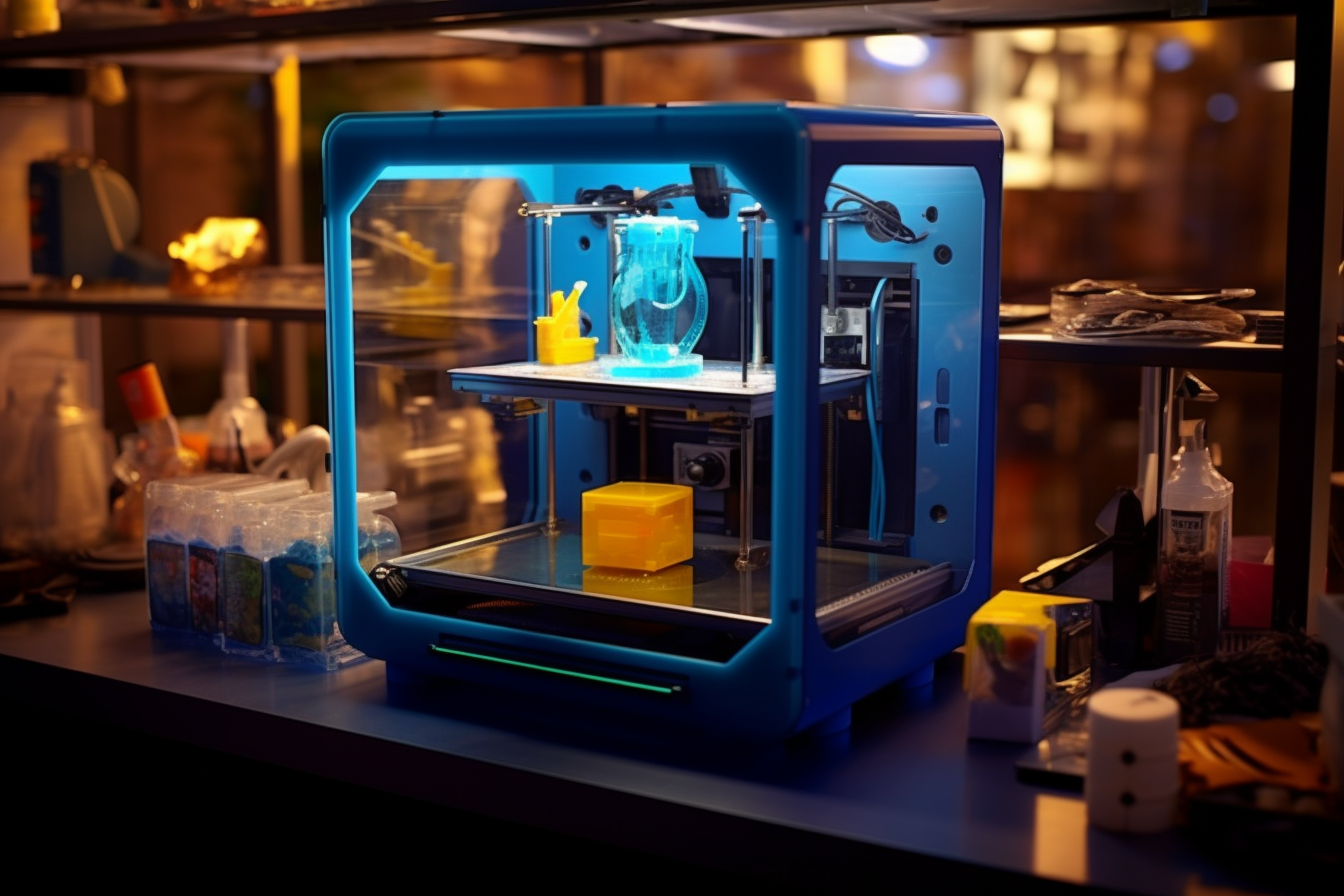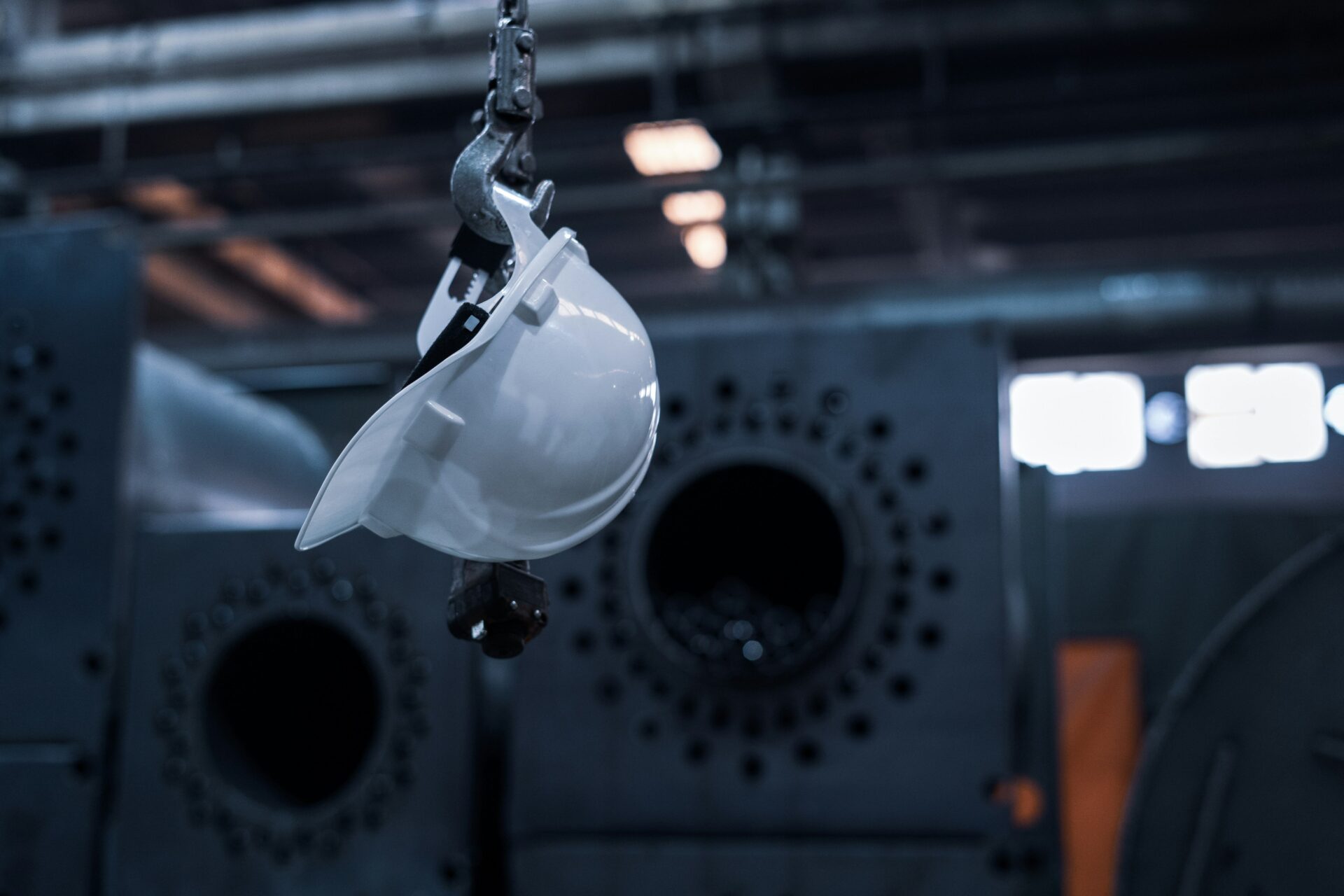
From Metrics to Meaning: How Smart Safety Systems Support Worker Well-Being
July 18, 2025 - Ellie Gabel
Revolutionized is reader-supported. When you buy through links on our site, we may earn an affiliate commission. Learn more here.
Traditional safety metrics tell stories about past events, but people need to be able to work safely today. Workplace safety has come a long way from clipboards and caution tape. However, even with updated procedures and thorough compliance checks, many industrial environments still fall short of creating truly safe conditions, especially when preventing accidents before they happen. Today’s workforce needs more than rule books and retroactive reporting. They need proactive protection. That’s where smart safety systems come into the picture.
By combining active data with predictive analytics, these technologies are reshaping how companies think about safety. It’s changing from something measured after an incident to something built into every shift as a preventive measure. This results in safer workplaces and healthier, more resilient teams.
Smart Safety Systems: From Reactive to Predictive
For years, workplace safety was reactive. When something went wrong, the team filled out a report and set new rules to prevent it from happening again. However, that approach didn’t stop the next incident — it just responded after the fact.
Smart safety systems can help change that. These tools use sensors, software and data analytics to spot real-time risks. For example, wearables can track worker movement and biometric data, alerting supervisors if someone is at an elevated risk of injury. Air quality sensors can flag dangerous levels of chemicals or heat before they put people in danger.
These systems use active, real-time data to help companies act before someone gets hurt. They also make it easier to spot patterns, like a piece of equipment that consistently causes muscle strain on a jobsite and leads to slips or falls. Communication platforms ensure critical information is shared promptly with management and workers so corrective action can be taken.
This shift from reacting to predicting makes safety more than a checklist. It becomes a system built around awareness, fast action and keeping people out of harm’s way.
Impact on Worker Well-Being
The benefits of smart safety systems go well beyond preventing injuries. According to the CDC and NIOSH’s Total Worker Health® framework, these systems can also improve mental and emotional well-being on the job. When people know risks are being actively monitored and get alerts based on actual data and not guesswork, they feel more confident and less anxious in their work environment.
This kind of psychological safety is a big deal. It means fewer distractions, lower stress, and stronger trust between workers and leadership. The U.S. Department of Health and Human Services notes that protecting employees from harm can contribute to better overall health outcomes.
The financial impact is also hard to ignore. Investments in workplace safety can save companies money in the long run due to fewer injuries, less downtime and lower employee turnover rates. Beyond the economic aspects, workers who take ownership of safety practices and engage with the appropriate tools are more likely to report better job satisfaction and improved quality of life.
For example, research from NC State University found that its employees generally welcome immediate feedback, especially when it helps them stay safe without feeling micromanaged. The key is transparency. When workers see that technology is there to protect them, not to watch them, they’re more likely to engage willingly.
Overcoming Key Implementation Hurdles
While the benefits of smart safety systems are clear, implementing them isn’t always simple. Cost can be the first roadblock, especially for smaller operations balancing tighter budgets. Over time, many companies find that the long-term return on investment outweighs the initial spend.
Privacy is another common concern. Workers may worry that wearable sensors or monitoring tools cross the line between safety and surveillance. That’s why communication is key. When companies are transparent about how they use data and clarify that the goal is protection, not punishment, trust can begin to grow.
Integrating new systems with existing workflows can also be challenging, but smart safety tools are becoming easier to customize and scale to specific environments. The transition takes planning, but the payoff is worthwhile.
Industry Evolution and Future Outlook
The future of workplace safety is smarter and more personal. Advances in AI, robotics and wearable tech are pushing the industry toward solutions that adjust in real time to the needs of each worker and jobsite.
Industries like construction, manufacturing, logistics and health care are already seeing the benefits of using smart systems to support worker safety. As these systems evolve, they’re expected to support broader goals like sustainability, workforce retention and compliance reporting.
Safety tech is also moving toward integration with wellness programs and HR systems, creating a fuller picture of worker health and productivity. As a result, there has been a shift from compliance-focused checklists to systems that build stronger, safer and supportive systems that offer protection before problems start.
Safety That Protects and Connects
Smart safety systems are about more than avoiding accidents. They create work environments where people feel secure, supported and seen. Safety tools designed with workers in mind can benefit the entire workplace.
Revolutionized is reader-supported. When you buy through links on our site, we may earn an affiliate commission. Learn more here.
Author
Ellie Gabel
Ellie Gabel is a science writer specializing in astronomy and environmental science and is the Associate Editor of Revolutionized. Ellie's love of science stems from reading Richard Dawkins books and her favorite science magazines as a child, where she fell in love with the experiments included in each edition.
